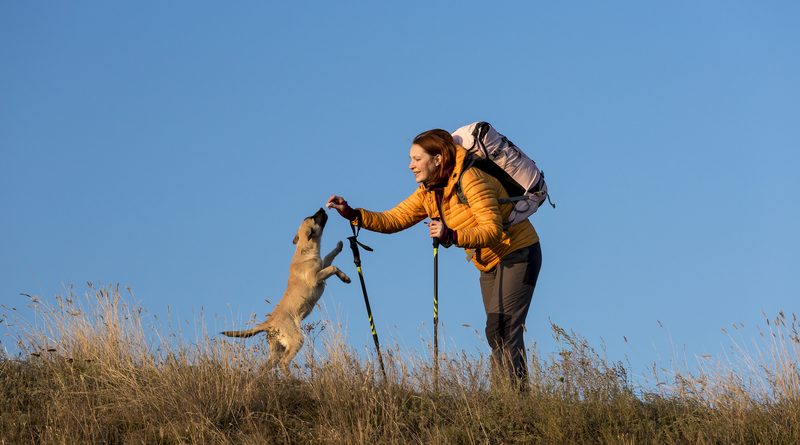Wildlife You Need to Be Cautious of When Hiking
Hiking is a wonderful way to connect with nature and explore the great outdoors. However, it’s important to be aware of the potential wildlife encounters that can occur while on the trail. By understanding and respecting the wildlife around you, you can have a safe and enjoyable hiking experience.
Rattlesnakes
Encountering a rattlesnake while hiking can be a startling experience. These venomous snakes are found in various regions across the world and are known for their distinctive rattling sound as a warning signal. To avoid rattlesnake encounters, it’s important to stay alert and watch where you step. When hiking in rattlesnake-prone areas, stick to well-marked trails and avoid tall grass, rocky crevices, and other areas where snakes may hide. Wear sturdy hiking boots that cover your ankles for added protection. If you hear a rattling sound, freeze and carefully locate the snake’s position. Slowly back away from the area and give the snake plenty of space to retreat. If you see a rattlesnake in the distance, do not approach it and remain at a safe distance until it moves away. It’s important to never touch or attempt to move a rattlesnake as this can be dangerous for both you and the snake.
Ticks
Ticks are small arachnids that can pose health risks due to the potential transmission of diseases such as Lyme disease. These parasites are commonly found in wooded areas and tall grass. To minimize the risk of tick bites, take preventive measures when hiking. Long sleeves and pants can help keep ticks away from your skin. Light-colored clothing can help you spot ticks more easily. Apply insect repellent containing DEET or permethrin to your clothing and exposed skin. After hiking, thoroughly check your body and clothing for any ticks. Remove any attached ticks promptly using tweezers, grasping the tick as close to the skin as possible, and pulling it straight out.
Bears
Encountering a bear while hiking can be both awe-inspiring and potentially dangerous. Bears are typically found in certain regions, and their behavior can vary depending on the species and the situation. It’s important to take precautions to minimize the likelihood of bear encounters and know how to respond if one occurs. Make noise as you hike to alert bears of your presence. This will reduce the chance of surprising a bear at close range. Keep an eye out for signs of bear activity, such as tracks or fresh scat. If you do encounter a bear, remain calm and try to make yourself look larger by raising your arms and speaking in a firm but calm voice. Back away slowly and avoid direct eye contact. Never approach or feed a bear.
When hiking, it’s crucial to be mindful of the wildlife that may inhabit the areas you explore. By understanding and respecting wildlife, you can minimize the potential risks associated with encounters. With proper knowledge and preparation, you can enjoy the beauty of nature while staying safe on your hiking adventures. Did You Enjoy Reading This Article? Here’s More to Read: Home Trends You Need to Jump On
